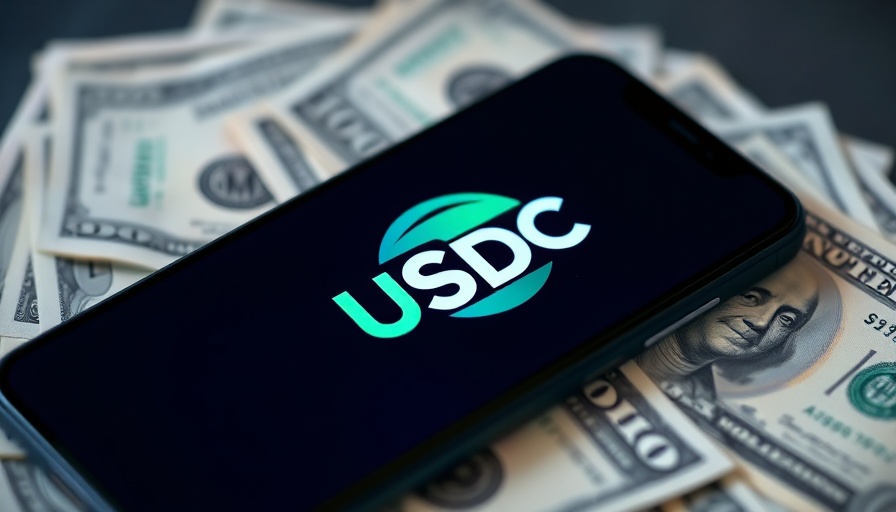
Why Cinco de Mayo is More Than a Celebration
Celebrated on May 5, Cinco de Mayo commemorates the 1862 victory of the Mexican army over French forces at the Battle of Puebla. Many mistakenly associate this holiday with Mexico's Independence Day—an important reminder of historical context that enhances the appreciation of this celebration. For millions, it is a day to celebrate Mexican heritage, but it also has become a moment of unity among diverse communities.
Strength in Numbers: Cultural Significance
The celebration of Cinco de Mayo finds root in the heart of the United States, where approximately 36 million individuals of Mexican descent reside. For these families, Cinco de Mayo serves as a vibrant reminder of their cultural heritage, inviting people from various backgrounds to embrace Mexican traditions. Festivals, parades, and family gatherings encourage a rich blend of fun and cultural awareness, establishing bonds that transcend borders.
A Financial Bonanza: The Economic Impact
From beer to guacamole, Cinco de Mayo significantly boosts the economy. Americans spend around $1.2 billion on beer alone, positioning this day as one of the top revenue-generating holidays for the alcohol industry alongside St. Patrick's Day. Furthermore, in a testament to culinary love, an astounding 81 million pounds of avocados are consumed, enough to fill over 120 Olympic-sized swimming pools. So, if you're looking to capitalize on celebrations like these, the numbers suggest a booming market eagerly awaiting your unique offerings.
Making the Most of Cinco de Mayo
As we immerse ourselves in the celebrations, it’s essential to appreciate the opportunity presented by this holiday. Whether you’re a business owner stirring sales on this festive occasion or an individual seeking to connect with your roots, Cinco de Mayo represents the perfect blend of passion and revenue potential.
Let’s Celebrate Together!
As you plan your celebrations for Cinco de Mayo, think about how you can incorporate local traditions and foster greater community involvement. Engaging with your heritage or supporting local businesses during this festive period not only heightens your experience but also uplifts those around you. Let's celebrate Cinco de Mayo by honoring our history and supporting each other’s journeys!
 Add Row
Add Row  Add
Add 



Write A Comment